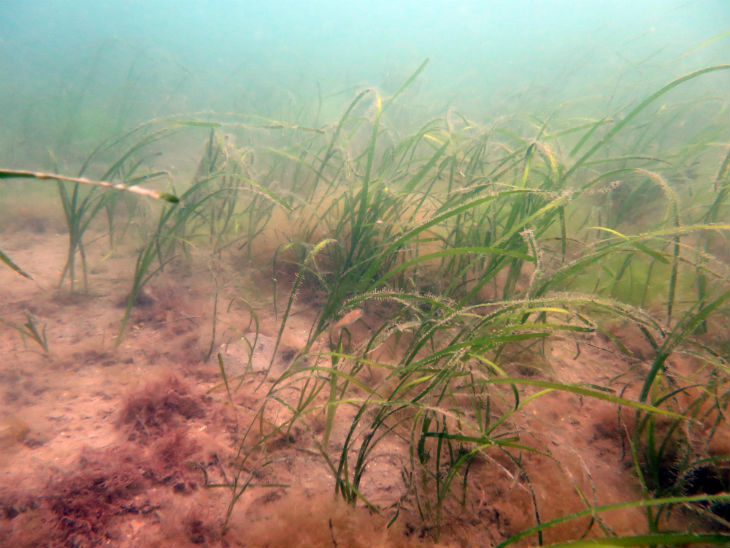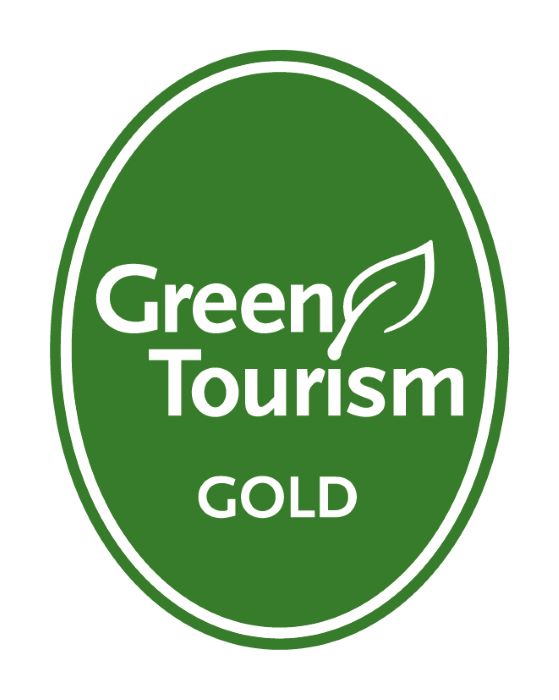A blog by Community Seagrass Initiative Project Manager, Mark Parry
Seagrasses are the world’s most widespread coastal eco systems, we find them growing off the coast of South Australia to Northern Sweden and everywhere in-between. The tropics are where we find the highest diversity of species since they are marine plants and need plenty of sunshine to grow. A seagrass bed in the Mediterranean has been carbon dated to be the oldest living thing on the planet, at over 200,000 years old!

In the U.K seagrass beds are found in sheltered shallow waters and are one of the U.K’s most productive marine habitats. We find small worms and crustaceans at the bottom of the food chain living in the seagrass and that in turn leads to larger predators in the seagrasses. This means where we find seagrass we find strong fisheries all over the planet. Seagrasses contribute towards food security for millions of coastal communities, less seagrasses meadows means less places for juvenile fish to grow which leads to less fish for us to eat.

Seagrass beds also store huge amounts of carbon emitted into our atmosphere from human activity. Not only are these plants turning over leaves regularly that the carbon in their leaves is trapped in the sediments below the plants roots the leaves of the plants also acts as a filter filtering other organic carbon in the water. So seagrass take carbon from the water to grow as all plants do and they also filters other bits of organic carbon from other sources like seaweeds and store that carbon in the sediments too, this makes seagrasses one of the best carbon sinks on the planet and a real friend to combat climate change.
The National Marine Aquarium has been trying to understand seagrasses in the U.K and has run a 3 year project monitoring and surveying seagrass around the South West. The NMA has worked with volunteers to perform over 2000 dives monitoring fragile seagrass habitat around the South Coast of the U.K. This makes the NMA one of the lead organisation in studying these vital habitats in the U.K. Working with project partners on the Community Seagrass Initiative the NMA is also now at the forefront of cultivation of British seagrass. Trying to grow seagrasses with the aim of replanting areas where we’ve lost seagrasses. In addition NMA, through working with partners, has experimented with new mooring designs that safeguards seagrasses from excess anchoring around British Coasts and shown very positive results.

Why would the NMA be so interested in seagrasses? The latest estimates from the International Union for the Conservation of Nature are that seagrasses are in decline worldwide 7% a year. If these estimates are correct then seagrasses are amongst the fastest disappearing habitats on the planet. The NMA looking forward wants to be at the forefront of securing seagrass beds. If we lose seagrass beds we lose the fishery associated to them and the capacity to store carbon. In a world were 1 billion people depend upon fish for protein safeguarding fish nurseries is a priority.
For more information on the NMA’s conversation work, and to find out how you can get involved head here.












